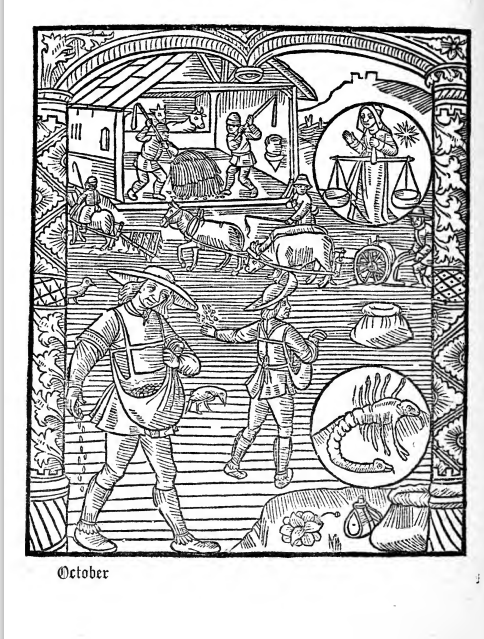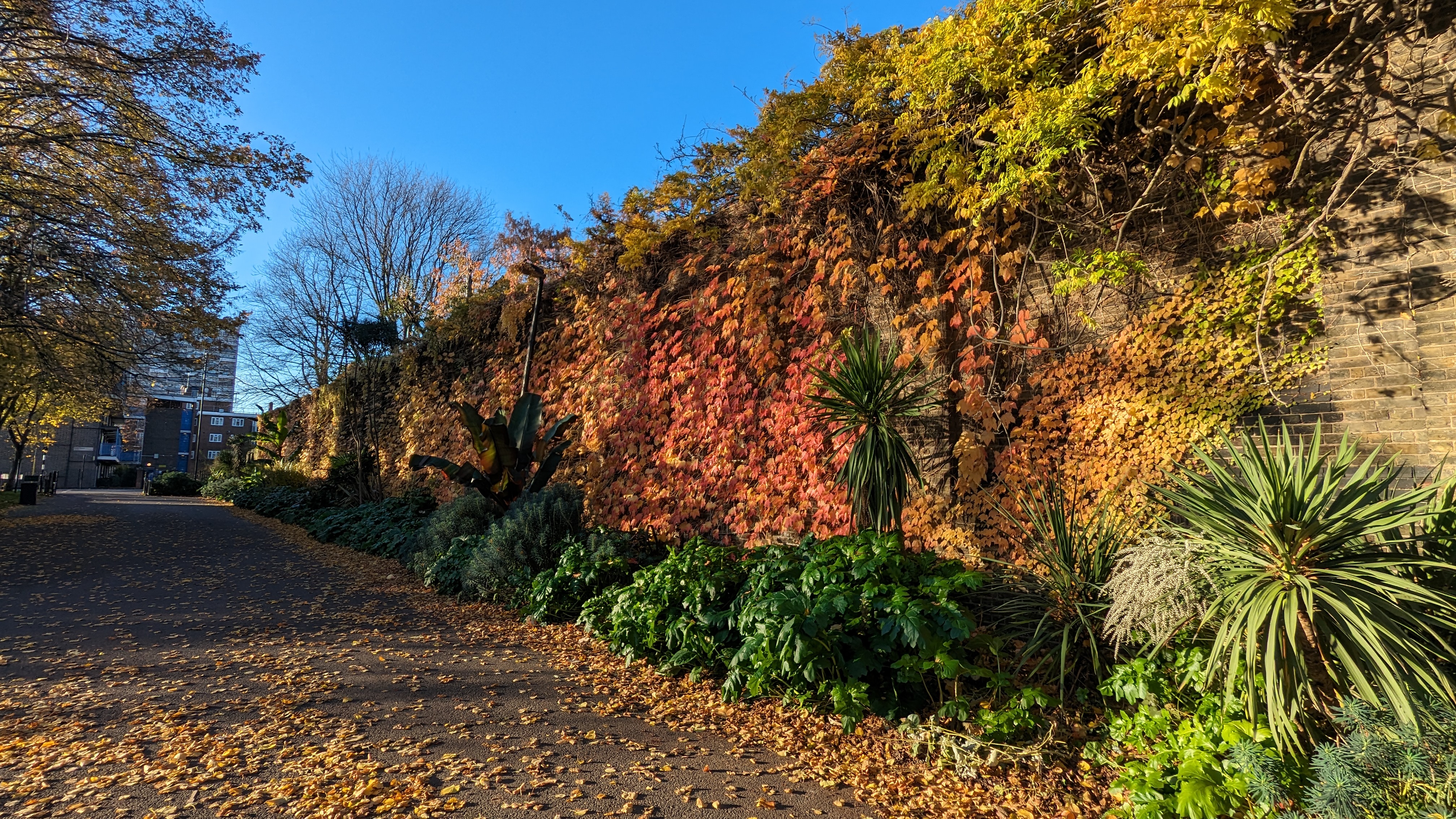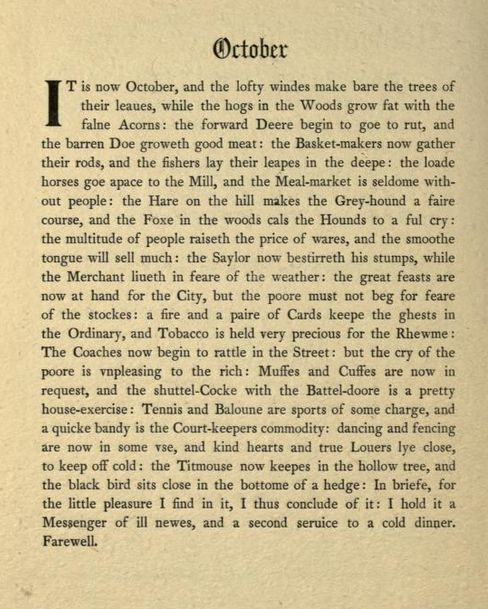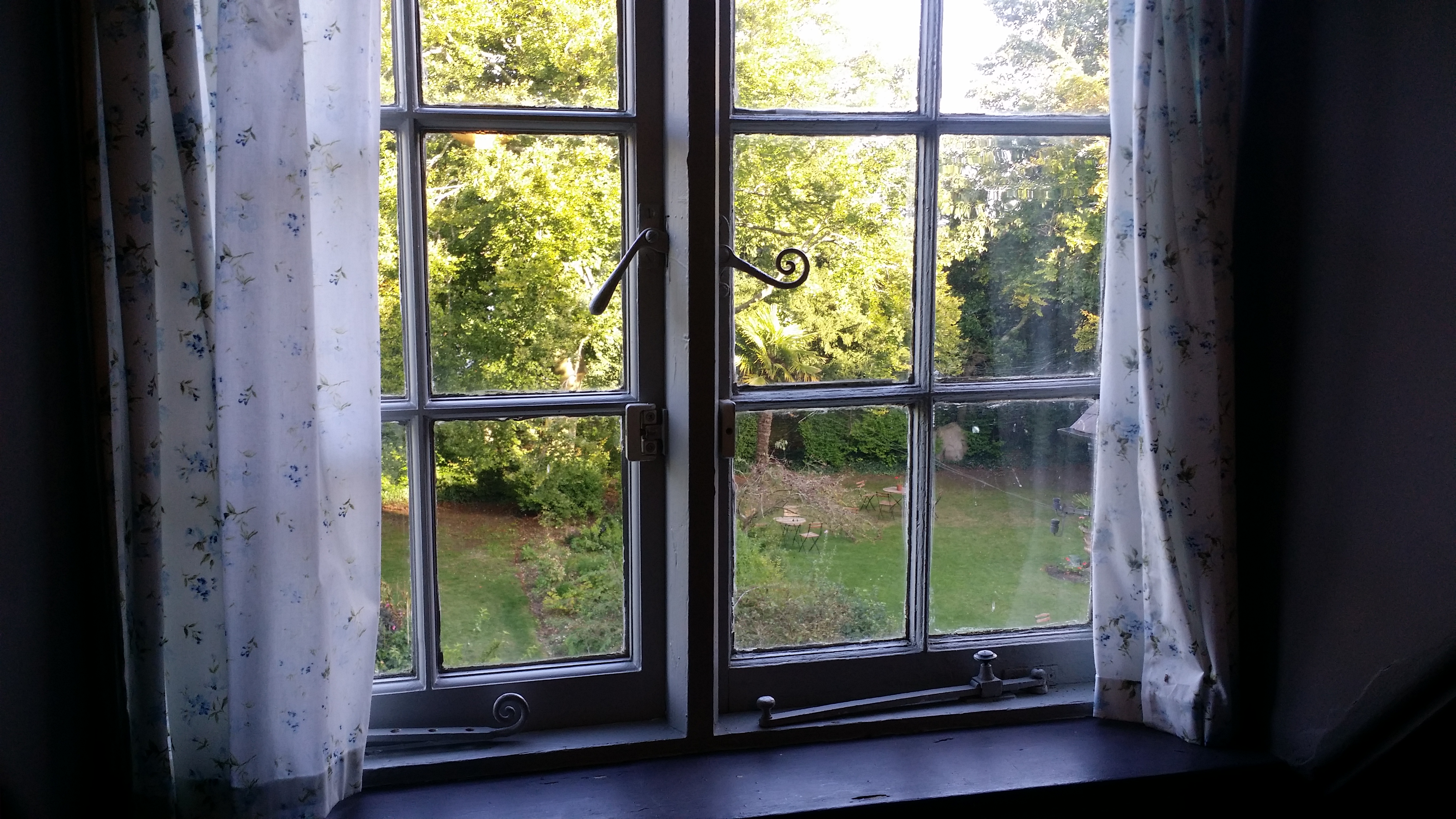
Author of ‘Tess of the d’Urbervilles’ Thomas Hardy was an architect and designed his own house. During the work on Max Gate, the builders came across a large block of sandstone of the type called ‘Sarsen’ at Stonehenge. Hardy, who loved history, had it relocated into his garden and called it his ‘druid stone’. One of the most famous scenes in Tess is when she is sleeping on the Altar Stone at Stonehenge as the Police move in to arrest her for murder. Hardy loved history, and how glad he would have been to know his house was in the middle of an important Henge. The Altar Stone, by the way, has very recently been discovered to be from Scotland. A discovery that confirms that Stonehenge was an immensely important site in the Neolithic and Bronze Age.
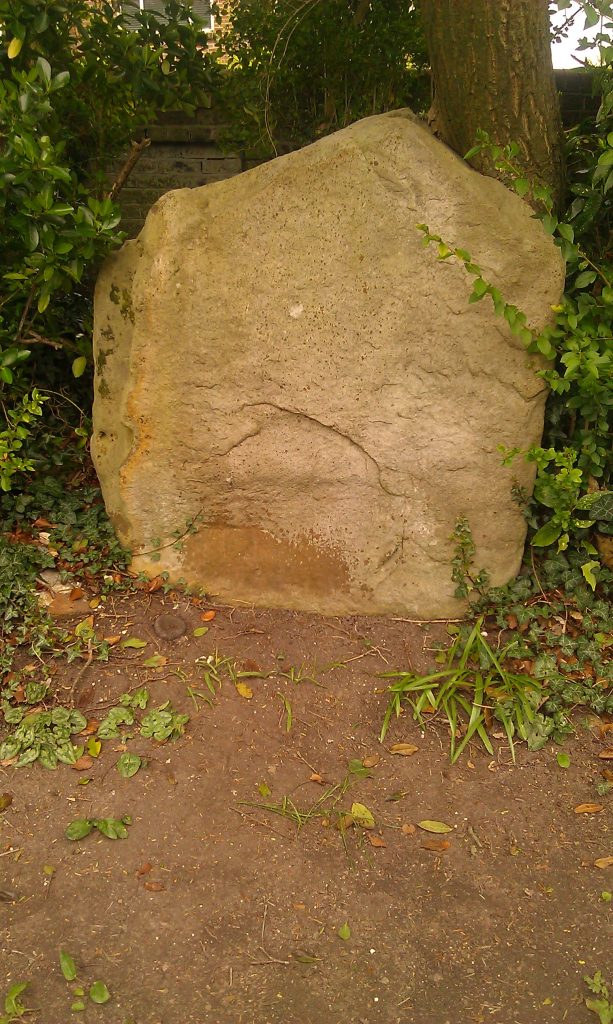
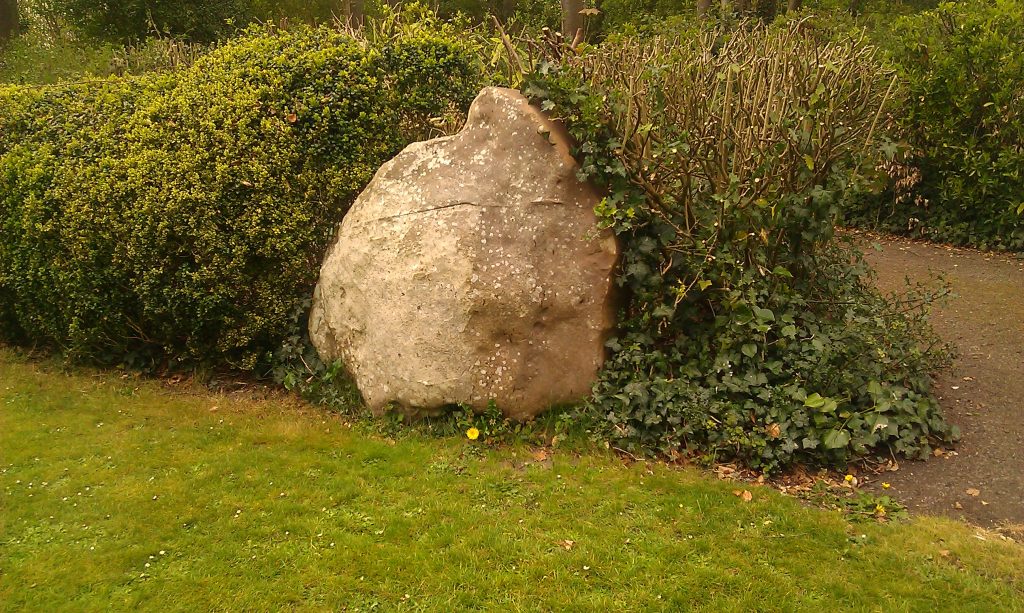
Hardy’s Henge (aka Flagstones) turns out to be older than Stonehenge. In the 1982, a geophysical survey in advance of the Dorchester Bypass, found evidence of a circular enclosure outside Hardy’s house. But there was an excavation in 1987-8 which discovered a large circular bank, 100m in diameter, from the Neolithic period. The other half of Flagstones, is largely preserved beneath Max Gate, and has now been official listed and therefore protected. The excavations suggested a date of construction of 3,000 BC, about the time of Stonehenge’s first construction. It has just been redated to 3,200BC making older than Stonehenge.
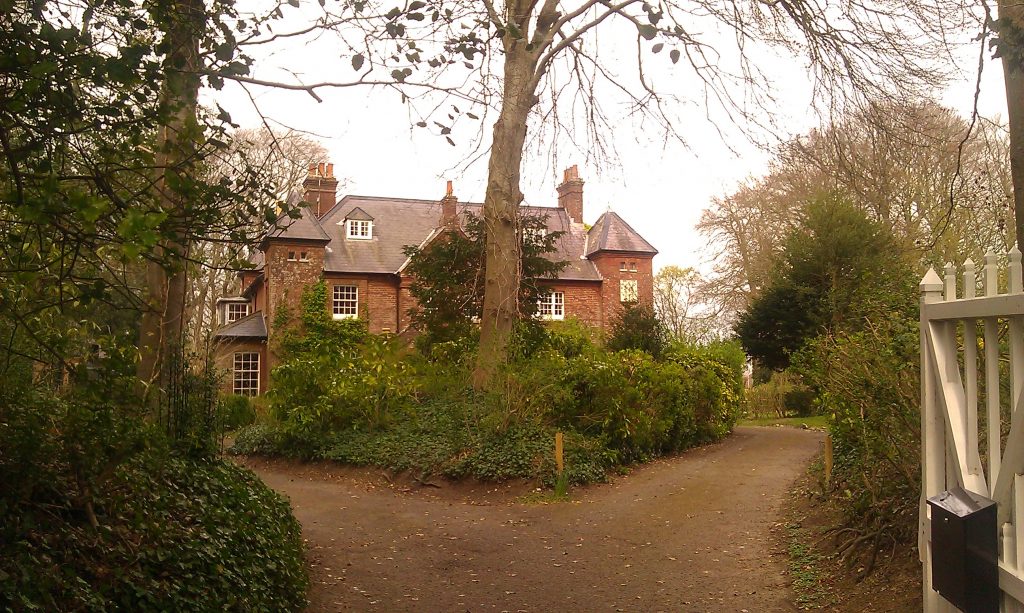
In 2022, targeted excavation designed to explore the other half of the circle revealed further dating evidence that proposes it was built 500 years before Stonehenge, earlier than 3,500BC, making it one of the earliest in the South West. It was giving listed protection on the August 19th, 2024. (redated to 3650BC)
The enclosure consists of a single ring of unevenly spaced pits, forming an interrupted ditch system roughly circular, but the dating evidence does not prove that this circuit was built before 3,500 BC, but shows there was a neolithic presence on the site at an early date. Burials were found in the bottom of the pits forming the enclosure and in four of the pits were found markings on the lower pit walls cut by flint forming pictograms of varying forms from curvilinear, to linear. There was little activity in the Late Neolithic and the site seems to have been reused for funerary and ‘other practices’ during the Bronze, Iron Ages and Roman period. These recent finds make Hardy’s Henge an important precursor to Stonehenge.
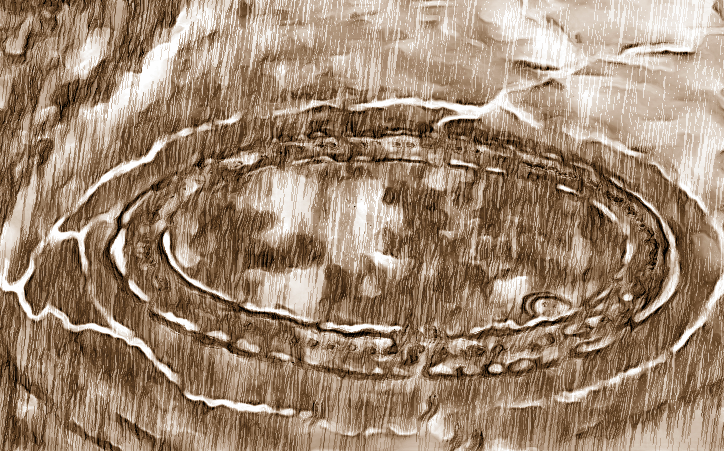
The site is built on a ridge parallel with the River Frome. Dorchester is another ‘ritual landscape’ like Stonehenge, where there are a cluster of important Neolithic and Bronze Age monuments. In the centre of the Town, a couple of miles from Max Gate, was found evidence of a massive wooden circle. The postholes are found marked on the floor of the town centre car-park as shown below. The Great Henge is 360m in diameter, covering much of the much later Town Centre and built in around 2100 BC.
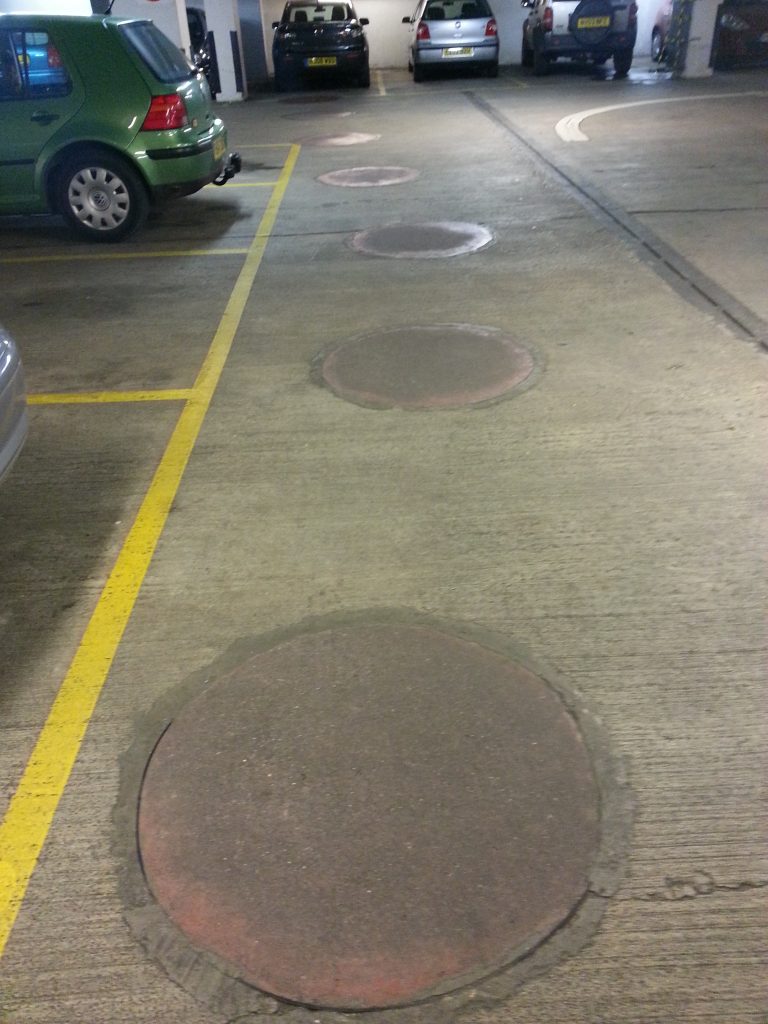
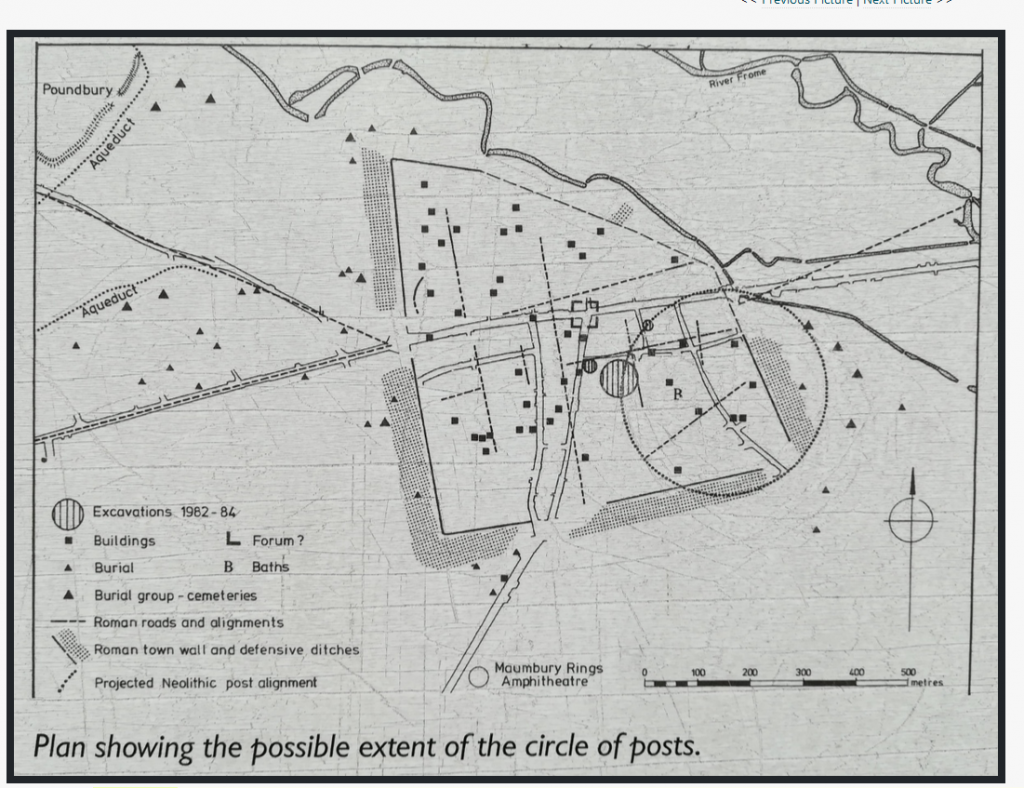
Just outside of Dorchester is a Roman Amphitheatre which began life as another Neolithic circular enclosure with an external bank, and an inner Ditch in which were dug 44 tapering pits, up to 10m in depth. Antler picks, chalk objects, including chalk phalluses, were found.
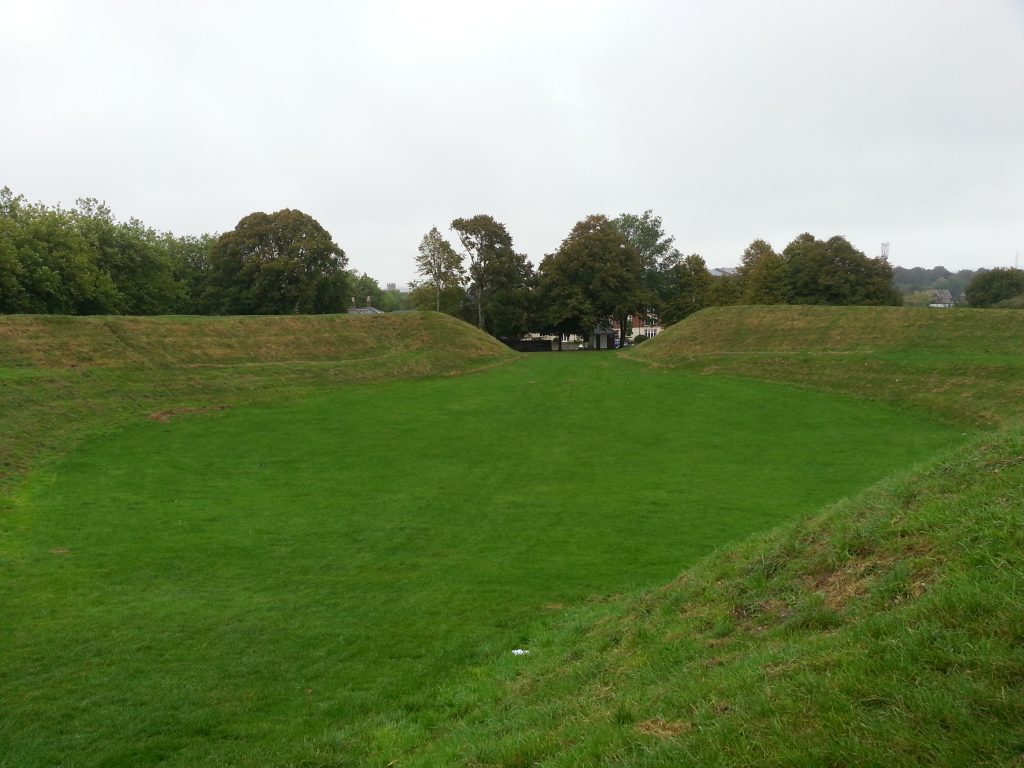
A few miles away, at the Iron Age Hill Fort of Maiden Castle, is a Neolithic Causewayed Enclosure.
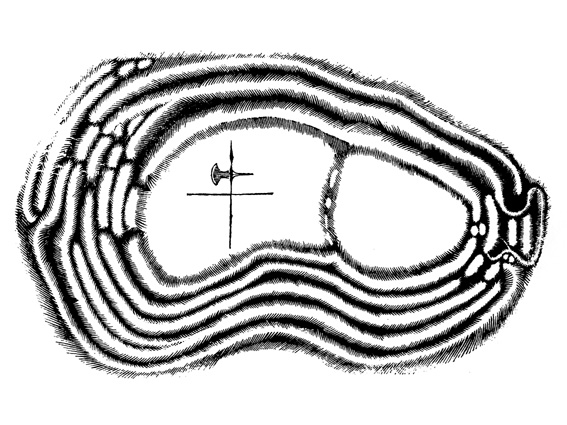
Together, with evidence from Stonehenge, Avebury, Heathrow and elsewhere shows a clustering of ritual places in important landscapes, which suggests, possible evidence of regional organisation. Stonehenge, however, continues to lead the way for evidence of an importance that drew people, or objects from not only England, Scotland and Wales, but also from the continent.
For further details of the Flagstones listing and excavation, here is the official listing document:
https://historicengland.org.uk/listing/the-list/list-entry/1489792?section=official-list-entry
Revised 9th March 2025

